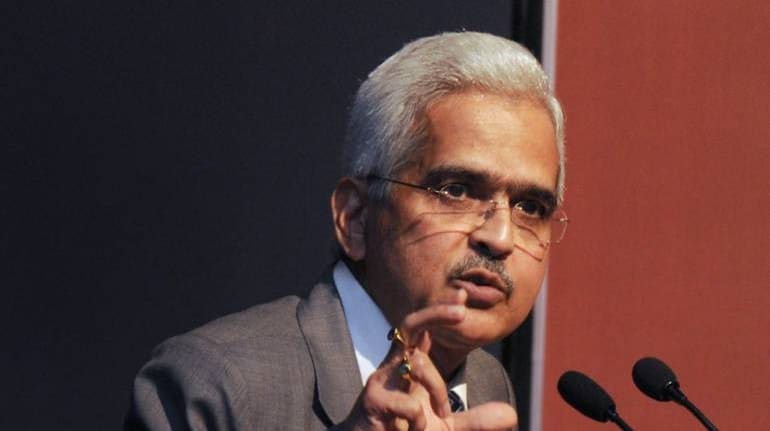



The Reserve Bank of India’s Monetary Policy Committee (MPC) has strongly pursued a growth-supportive policy stance ever since the coronavirus outbreak. Shoring up the economy was its sole focus.
On April 8, too, Governor Shaktikanta Das reiterated the RBI’s commitment to safeguarding the nascent recovery in the economy. He did so by keeping the policy repo rate steady and continuing with the accommodative (growth-supportive) stance.
Yet, fresh worries are emerging. The MPC cut the growth projection to 7.2 percent for FY23 from 7.8 percent, which is reflective of the panel’s assessment of the Russia-Ukraine war impact on global growth and its possible spill-over to the Indian economy.
RBI Monetary Policy LIVE Updates hereClear and present dangerWhile growth focus remains, the difference this time is that the MPC has clearly acknowledged that inflation has emerged as a bigger concern requiring urgent policy attention.
By restoring the policy corridor to pre-pandemic levels and committing to gradual liquidity withdrawal, the MPC has signaled that the rate cycle has reversed—the question is how soon interest rates will go up.
There is no good news on the inflation front. Inflation projection has been raised to 5.7 percent for FY 23 from 4.5 percent, a clear acknowledgment that inflation concerns cannot be ignored by the rate-setting panel in search of growth.
Also read: D-Street experts cheer growth focus amid inflation scareAt the press conference that followed the policy announcement, Das acknowledged that inflation was now the first priority for MPC now. “We have now put inflation before growth in the sequence of priorities,” said Das.
Also read: Liquidity withdrawal will be done in multi-year time frame: RBI GovernorWhat does this mean?If inflation concerns persist and there are no deep shocks to growth, interest rates will be hiked later this year.
Persistently high inflation is highly worrying in an economy as it hurts low-income groups the most. In other words, rising inflation snatches the fruits of economic recovery from the poor. Hence, the policymakers cannot ignore persistently high prices for long.
The MPC has the mandate to keep inflation within 2-6 percent. The inflation is above this level.
As per the latest RBI estimates, CPI inflation is seen averaging 6.3 percent in the first quarter (April-June 2022), 5.8 percent in July-September, 5.4 percent in October-December, and 5.1 percent in the fourth quarter (January-March 2023) of the current fiscal.
Also read: RBI monetary policy risks failure if crude oil averages $110 a barrel in FY23The MPC is worried that the Russia-Ukraine war will keep inflation elevated. Das said edible oil prices are likely to stay elevated in the near term and that a spike in crude prices since the end of February due to the Russia-Ukraine conflict poses a substantial risk to inflation.
The projection of global inflation is ratcheted up and poses a sizeable risk across geographies in global production. Amid these tensions, cost pressure and supply-chain disruptions are likely to linger.
To sum up, Das said the MPC is gradually moving away from the prolonged accommodative stance. After a long gap, the committee is finally giving all its attention to inflation rather than merely focusing on growth.
Going by the policy cues, the MPC will change its stance to “neutral” in the next meeting in June and will start hiking the interest rate in the second half.
Discover the latest Business News, Sensex, and Nifty updates. Obtain Personal Finance insights, tax queries, and expert opinions on Moneycontrol or download the Moneycontrol App to stay updated!
Find the best of Al News in one place, specially curated for you every weekend.
Stay on top of the latest tech trends and biggest startup news.